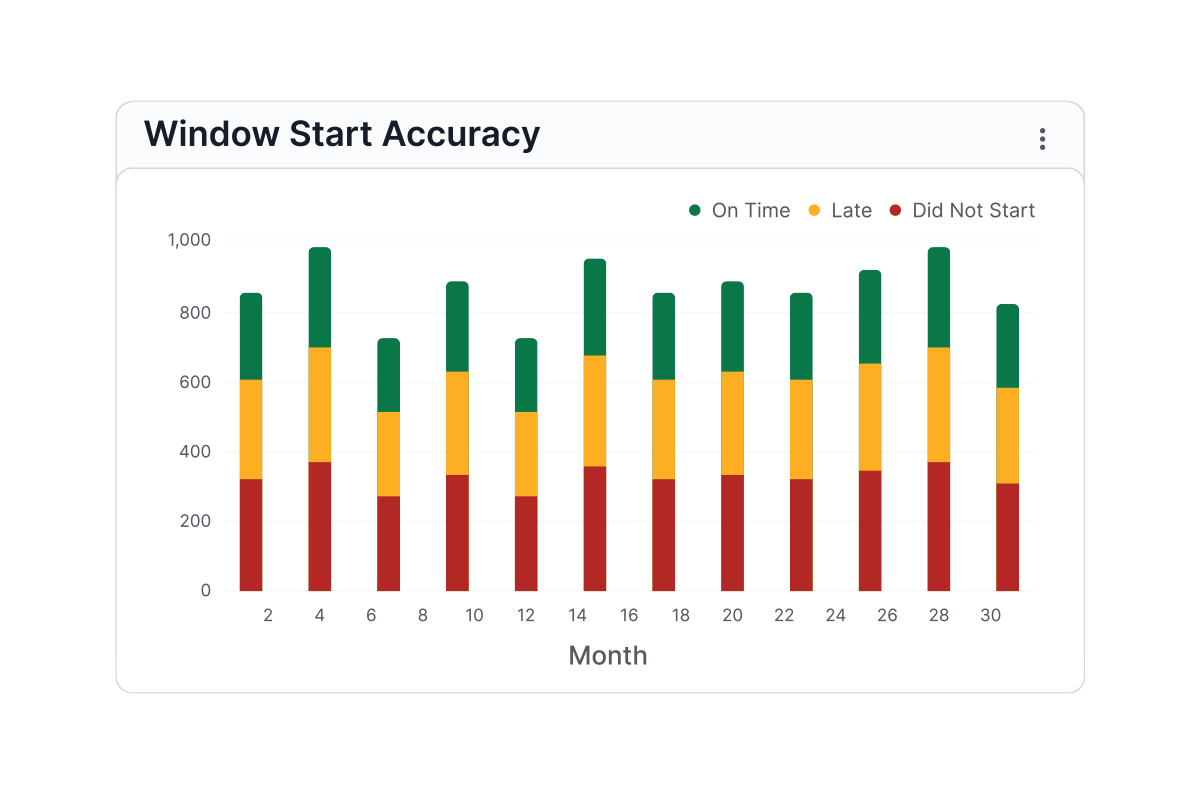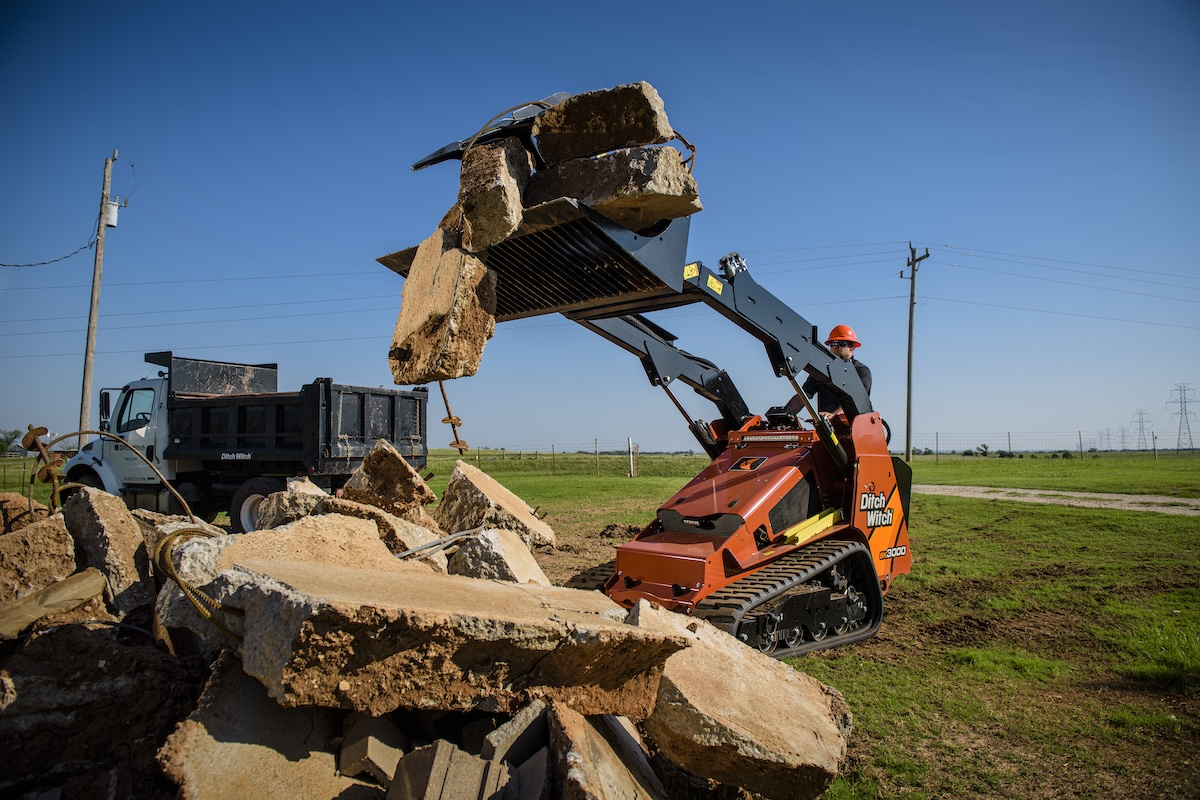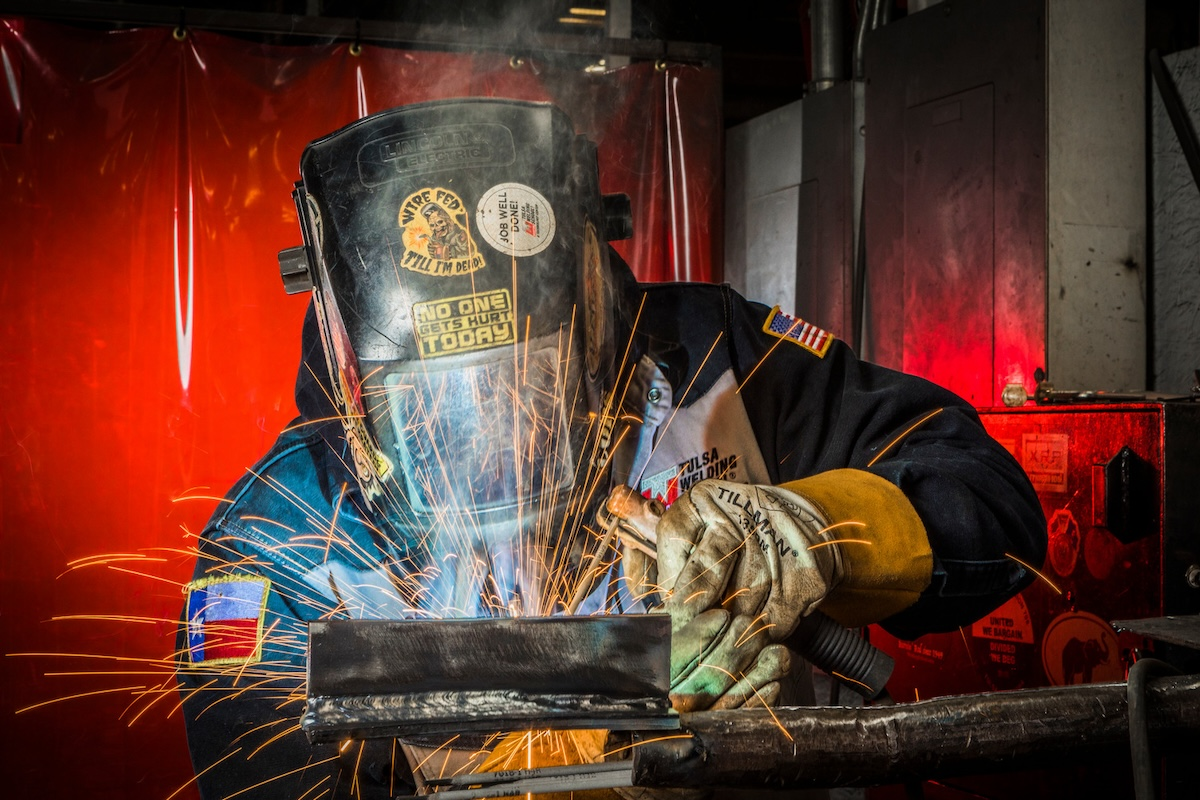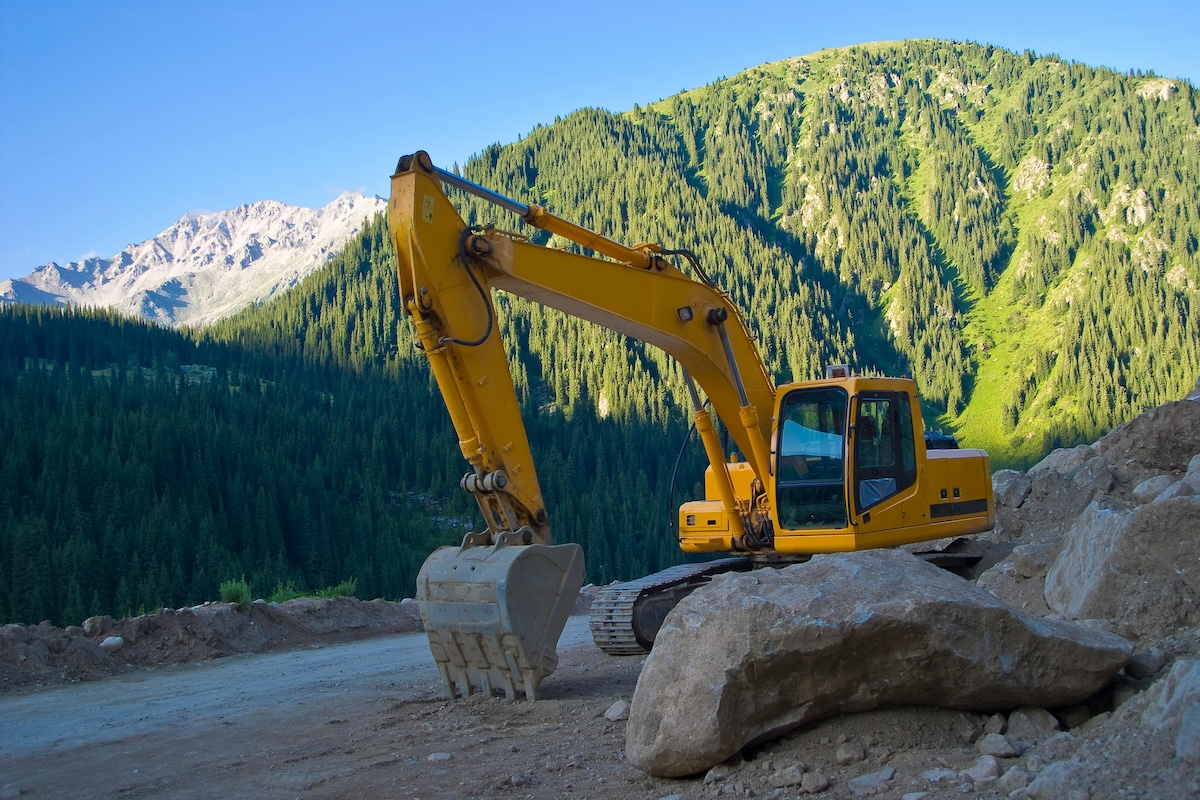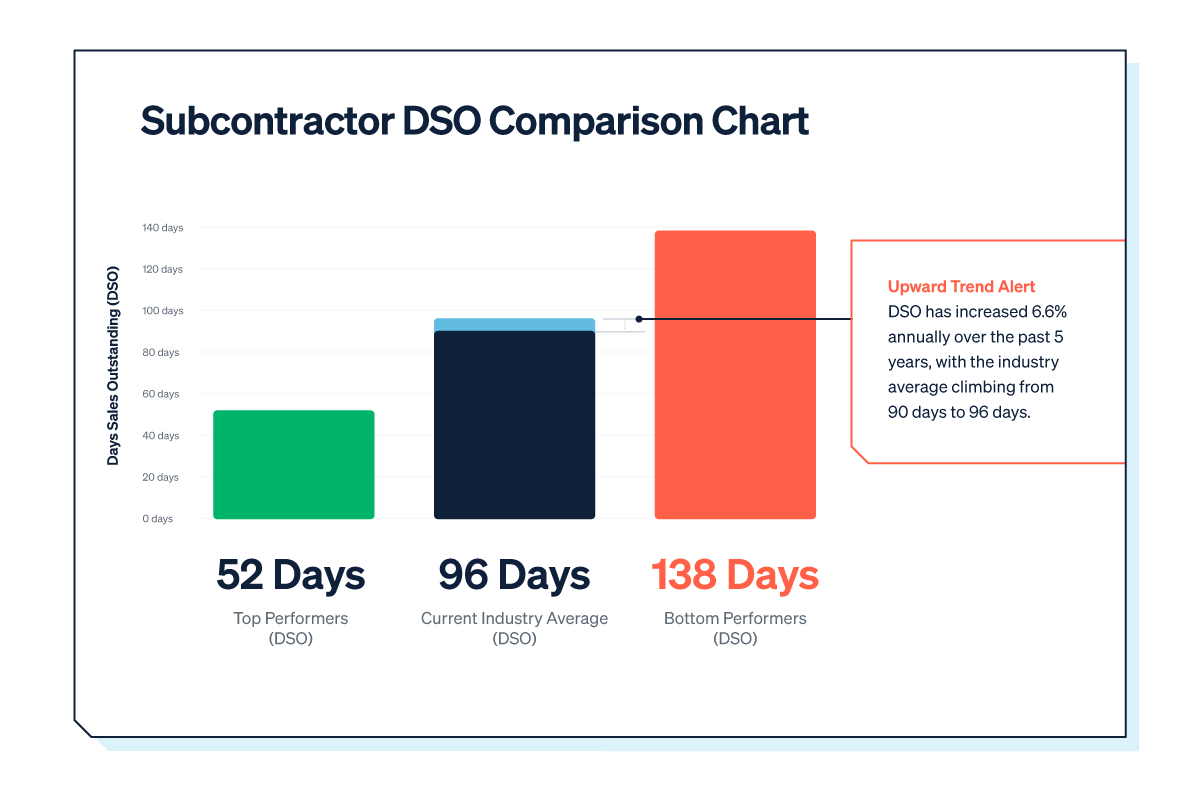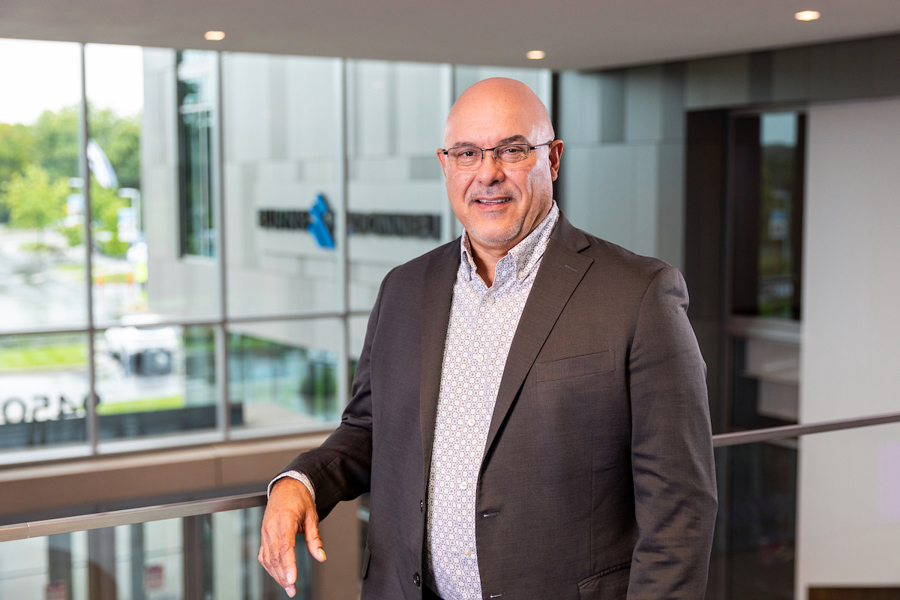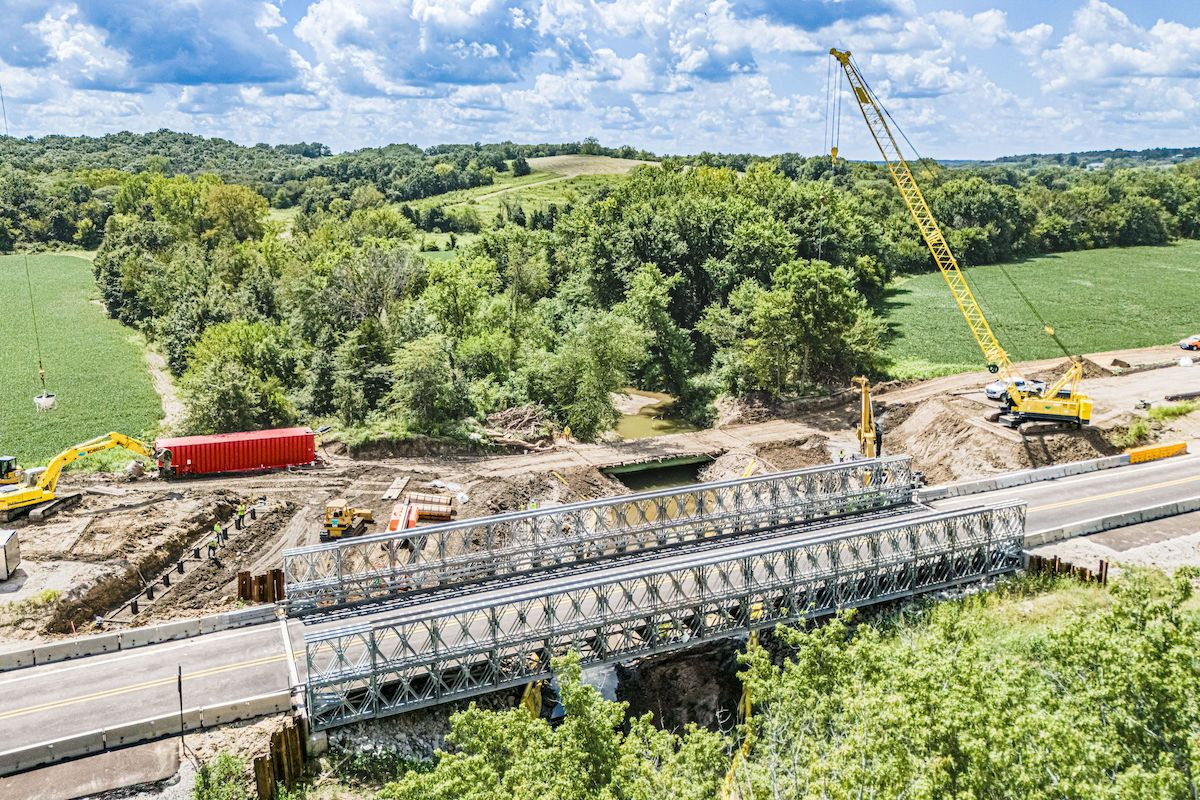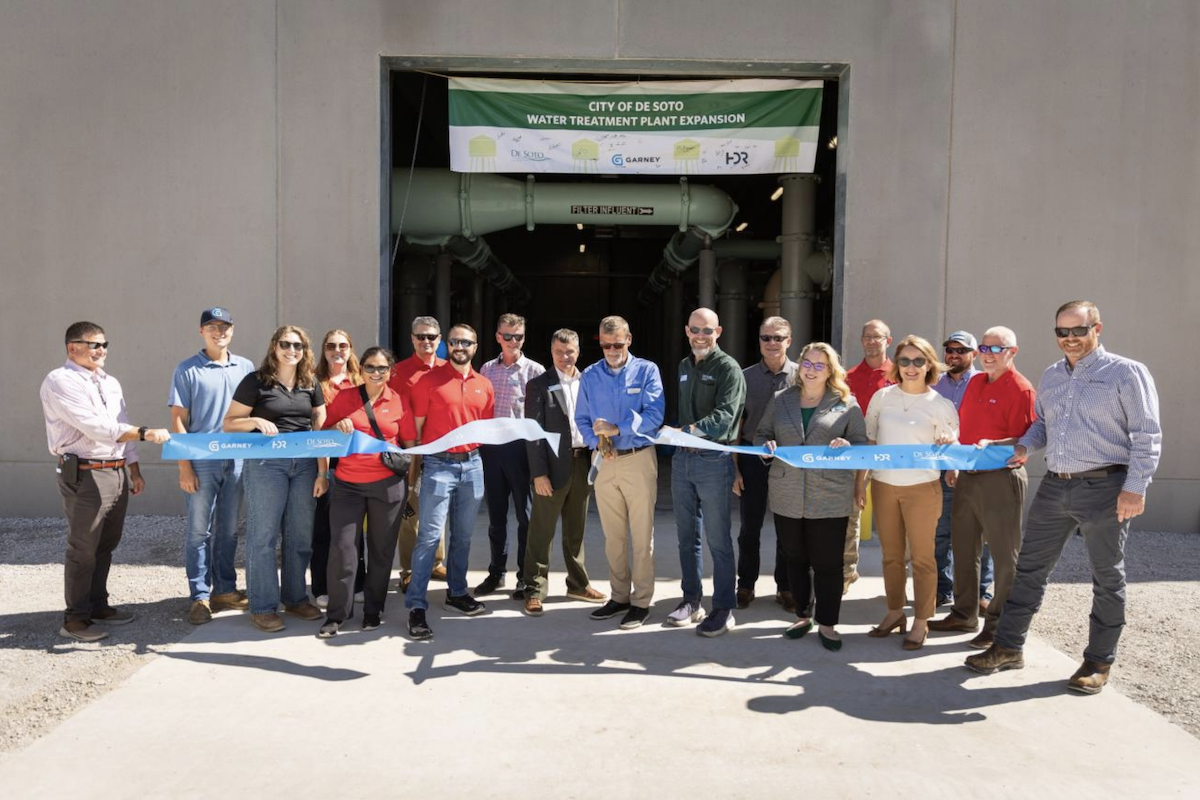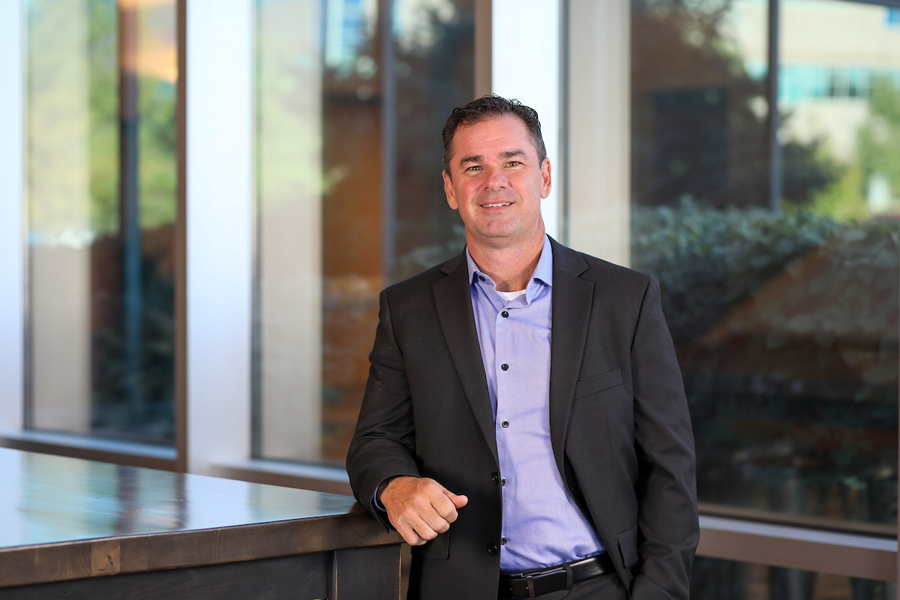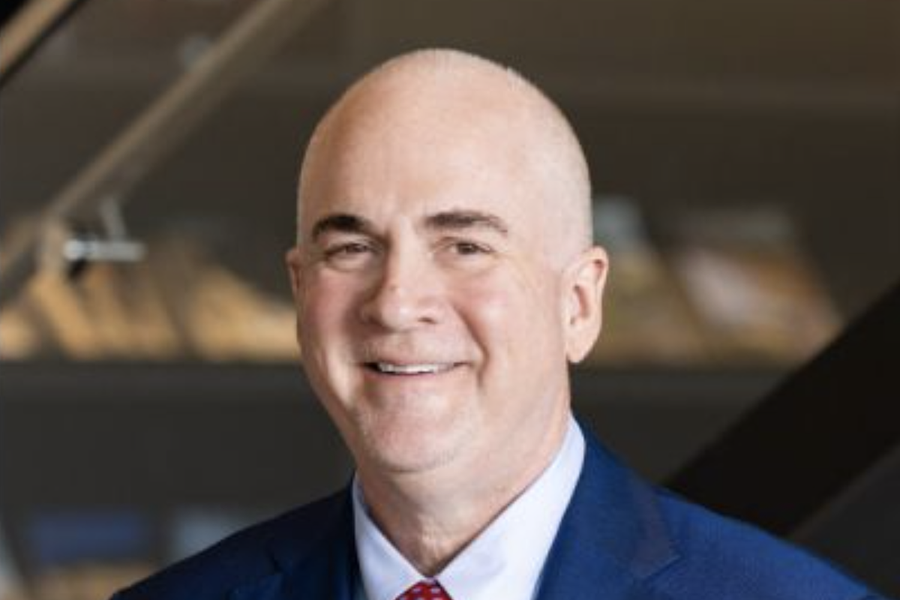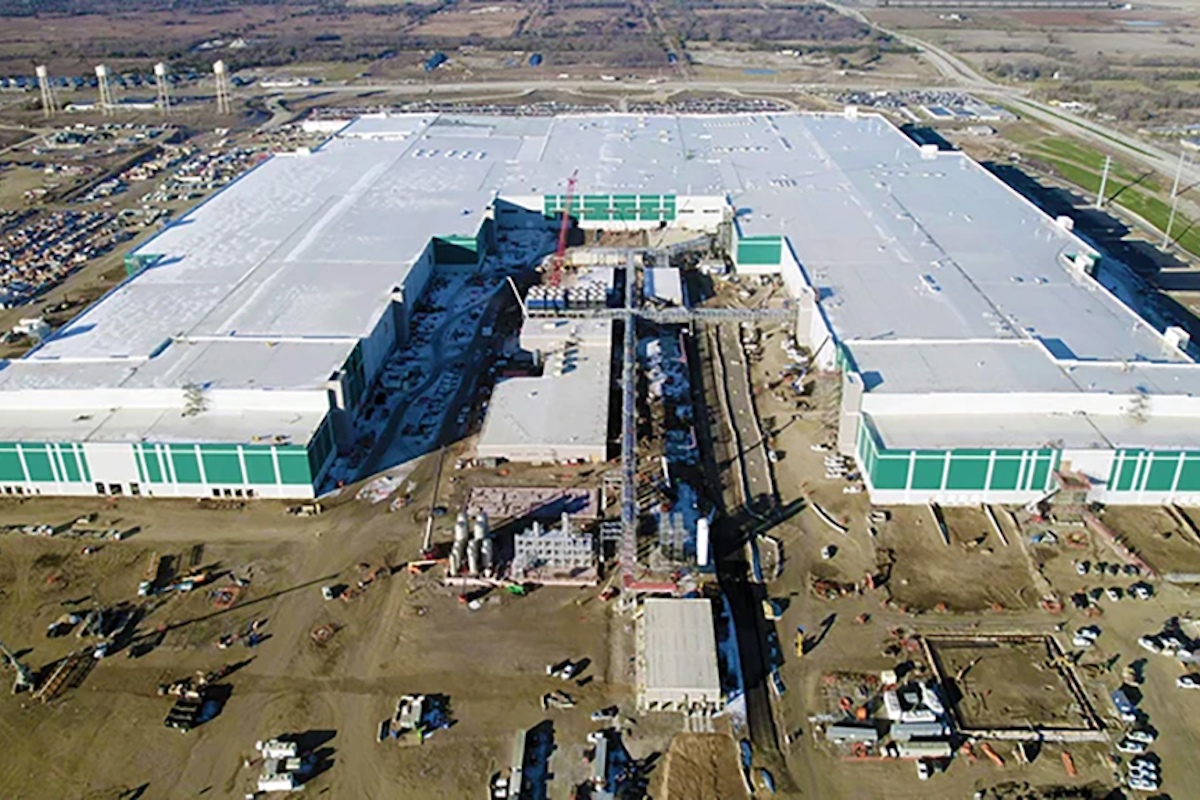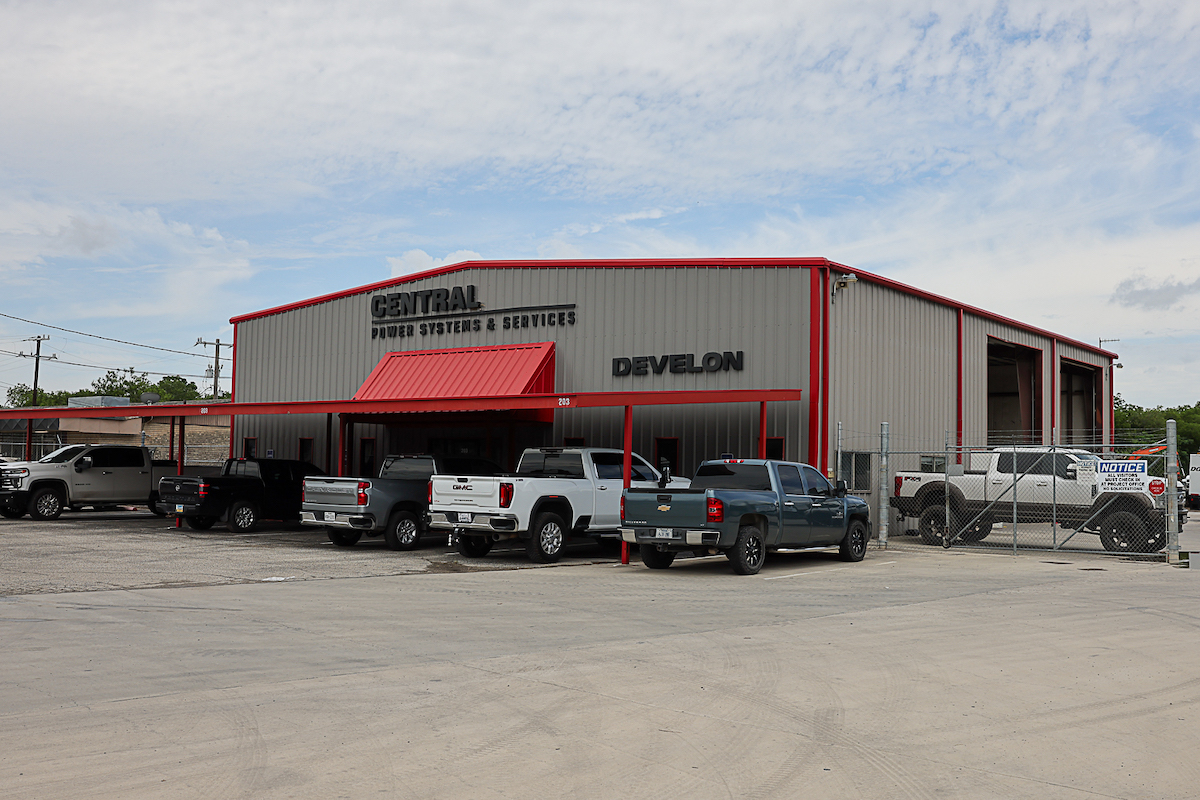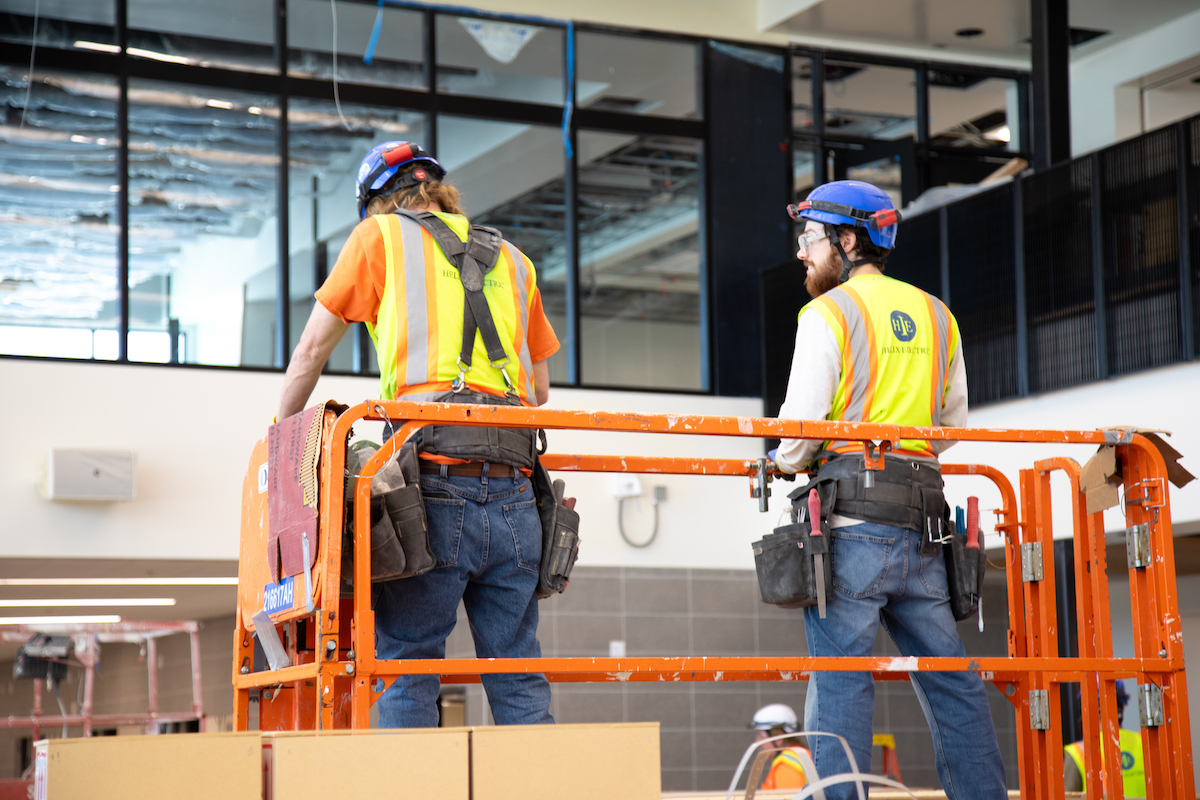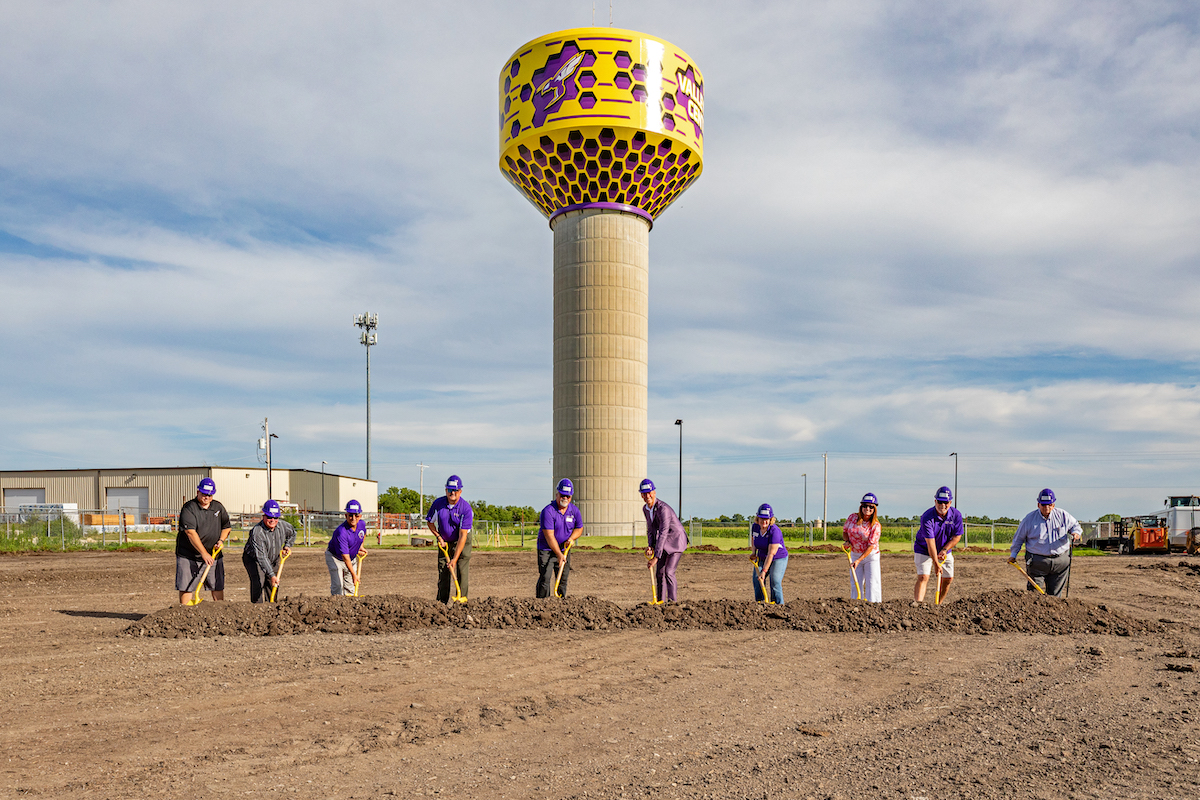At a track completion ceremony held this summer one block from the site of the new La Verne station – an event attended by community members, project stakeholders, and elected officials – Foothill Gold Line Board Chairman and Claremont Mayor Ed Reece stated, “This is an historic and symbolic day for the Foothill Gold Line project and our corridor cities. The completion of the light rail tracks doesn’t just mark a physical connection between Glendora, San Dimas, La Verne and Pomona – it also marks the imminent arrival of a better and brighter transportation future for these foothill communities, the San Gabriel Valley, and Greater Los Angeles.”
The Glendora to Pomona segment is currently more than 74 percent complete. The four new stations are expected to be substantially complete by Fall 2024, along with the new parking facilities. Testing of the new light rail systems will start late this year and continue through 2024.
The primary components of the Glendora to Pomona project include:
- Construction of 19 new or renovated bridges for light rail and freight trains
- Relocation of 9.1-miles of freight track to make room within the shared corridor for the new light rail system
- Reconstruction of 21 at-grade street crossings
- Construction of the light rail system, including the light rail track, train control and power systems
- Construction of four new light rail stations, each with a multi-modal parking facility
- Installation of nearly 10 miles of sound walls and retaining walls throughout the project

| Your local Gomaco dealer |
|---|
| Fabick CAT/MO |
| Road Machinery and Supplies Company |
The first segment of the light rail system, from LA to Pasadena (with 13 stations), was completed in 2003 and the second segment from Pasadena to Azusa (with 6 stations) in 2015. The six-station project from Glendora to Montclair broke ground in December 2017; two initial contracts were completed (one in 2018 and one in 2019), both focused on relocating and protecting strategic utilities. The Foothill Gold Line Construction Authority, the state agency overseeing the project, awarded the alignment design-build contract to KPJV (Kiewit-Parsons, a Joint Venture) in August 2019.
Major construction on the Glendora to Pomona segment began in July 2020, and is on schedule to be complete in early January 2025, when it will be turned over to Metro – the County of Los Angeles transportation authority, the agency responsible for operating and maintaining the Gold Line and other rail and bus systems throughout the county.
Chris Burner, Foothill Gold Line Construction Authority Chief Project Officer, states, “When the Glendora to Pomona segment begins operations, Metro’s ridership model expects the four new stations to increase ridership on the Metro system by an estimated 11,600 daily weekday boardings, in its opening year. The Pomona to Montclair segment, once completed, is expected to add an additional 8,000 opening year daily weekday boardings to the Metro system.”
The $1.6 billion Glendora to Pomona project segment has been primarily funded by Los Angeles County's Measure M, along with residual funds from Measure R not used to complete the earlier Pasadena to Azusa segment. Approved by LA County voters in 2016, Measure M is a half-cent sales tax measure which partially funds many Metro projects. Measure R, approved in 2008, similarly funds projects in multiple transportation categories. The project is also utilizing a State of California TIRCP (greenhouse gas reduction) grant.
The Construction Authority is currently seeking funding to complete the final project segment from Pomona to Montclair, a 3.2-mile, two-station segment that will include new light rail stations in the cities of Claremont and Montclair. The funding being sought to complete this final project segment is currently estimated at $798 million. According to Burner, in addition to the requested funding, the Construction Authority currently has $120 million additional dollars already in place ($40 million left over from the current construction from Glendora to Pomona, and approximately $80 million for the San Bernardino portion).
As Burner relates, “Governor Newsom and California State Legislators recently approved the 2023-2024 fiscal year budget that includes more than $4 billion for transit capital funding over the next three years. It is expected that Metro will receive more than $1 billion as a result. The Construction Authority remains hopeful that the new dollars will be made available to finish the project. Since this past March, the Metro board reaffirmed completing the Foothill Gold Line as the agency’s first-priority project for new state capital transit funding.
“Once funding is secured, it will take five years to complete the shovel-ready Pomona to Montclair segment.”
Most of the 19 new or renovated bridges along the project were built over waterways, and required approval and permitting by LA County Public Works and U.S. Army Corps of Engineers. The project also required the relocation and protection of underground water, sewer, gas, power, and communication lines.
Burner relates, “Each of the 21 at-grade crossing reconstruction tasks was a significant undertaking, often requiring multiple crews working alongside one another or scheduled one right after the other to reduce the length a street needed to be closed. Importantly, no two adjacent streets could be closed simultaneously, and some streets had time of year restrictions that prevented the street from being closed during the school year or during the holidays, for instance.
“Additionally, each street closure also required extensive community outreach to notify affected neighbors and area stakeholders. Outreach was conducted door-to-door, via email, on social media, through traditional media, and with navigational apps like Waze and Google Maps and made available to the community on an interactive construction map. Businesses impacted were supported by paid advertising to encourage local residents to shop and eat local during construction.”
Burner points out, “The Glendora to Pomona project will provide connections to important regional destinations that are a short walk, bike, or bus ride from the four new stations – such as the LA County Fairplex, more than a dozen colleges and universities, historic downtowns, museums, regional parks and open space areas, and much more. In addition, the extension will provide a direct link between the Metro and Metrolink systems in Pomona, providing a one-transfer rail connection between Los Angeles and San Bernardino Counties. Once completed to Claremont and Montclair, the system will also provide an important connection to the Montclair TransCenter, a major transportation hub connecting Los Angeles County and San Bernardino and Riverside Counties.
“It is estimated that about 3 million trips are currently being made each day, nearly all by car, between western San Bernardino County and the Foothill Gold Line and surrounding cities in Los Angeles County. Connecting the Metro system to western San Bernardino County will provide a sustainable, zero-emission alternative for many of those trips.
“The Foothill Gold Line has already, and will continue to, transform the San Gabriel Valley for the better for decades to come.”













